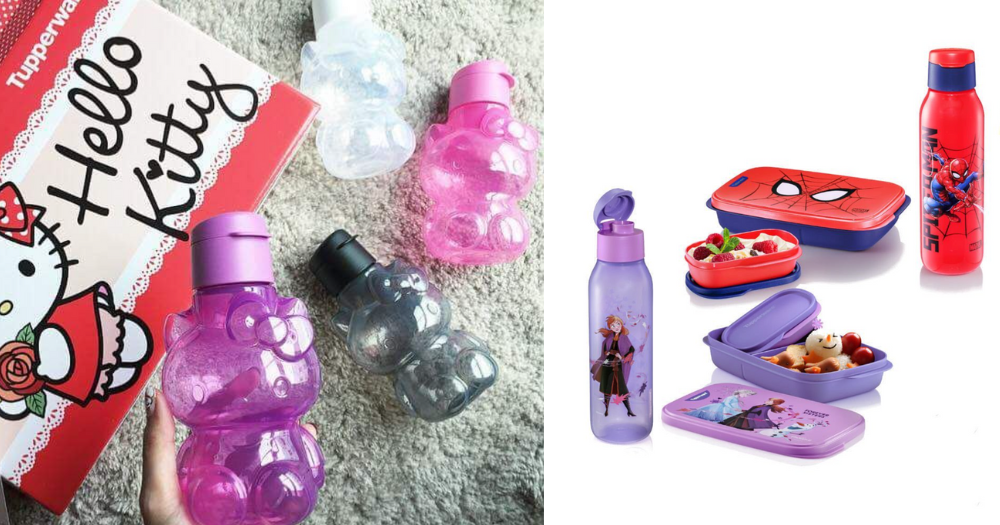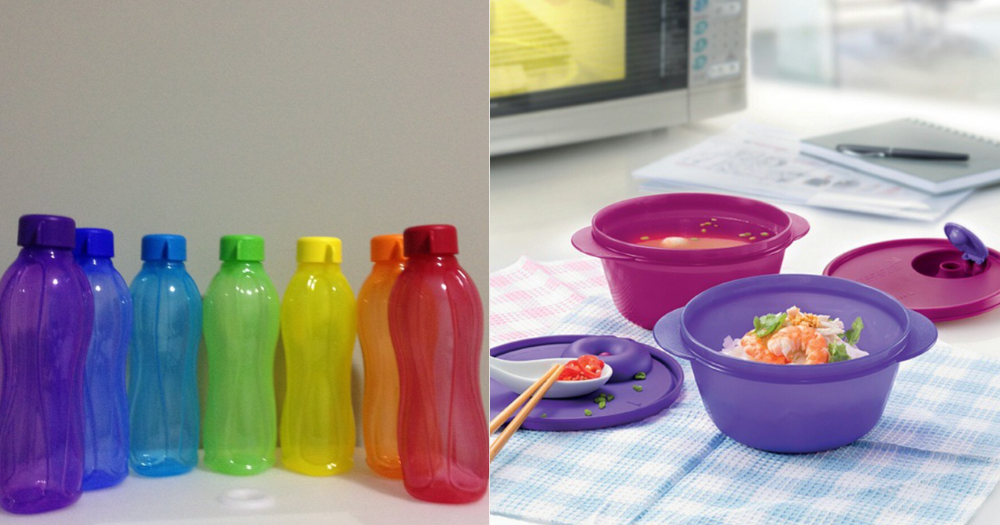Follow us on Telegram for the latest updates: https://t.me/mothershipsg
Kitchenware from household name Tupperware might be disappearing from shelves soon.
On Apr. 7, the 77-year-old brand published a filing that alarmed investors.
It stated that it was working with financial advisors “to help improve its capital structure and remediate its doubts regarding its ability to continue as a going concern”.
In English, this means that the company is working on how it gets funding, in order to address doubts that it is going out of business.
Covid popularity
Back before the pandemic struck, Tupperware already "appeared to be on life support, posting negative sales growth in five of the last six years," Aljazeera reported.
Covid-19 came as a blessing in disguise for the company, as lockdowns prompted more people to store home-cooked leftovers.
CNA reported that in 2021, Tupperware's stock was trading at US$38.54 (S$51.38).
Downfall
The decline of Covid-19 marked the beginning of hard times for Tupperware, with the company blaming cash constraints and higher interest costs.
In 2022, it reported a US$28.4 million (S$37.8 million) loss from continuing operations, according to The Straits Times, though this narrowed from US$152.2 million (S$202.9 million) in the previous year.
Meanwhile, net sales fell 18 per cent to US$1.31 billion (S$1.75 billion).
On Apr. 10, 2023, Tupperware shares previously valued at US$2.45 (S$3.30) dropped nearly 50 per cent to US$1.24 (S$1.65).
According to Tupperware, the brand will struggle to fund its operations if it doesn’t secure additional cash. It is exploring potential layoffs and reviewing its real estate portfolio to identify money-saving possibilities.
“The company used to be a hotbed of innovation with problem-solving kitchen gadgets, but it has really lost its edge,” retail analyst and managing director at GlobalData Retail, Neil Saunders told CNN.
Struggle to stay relevant
Tupperware was founded in 1946 by chemist Earl Tupper, and gained traction through its traditional door-to-door sales method.
Now, however, the brand is finding it hard to keep up with the times.
Saunders said this could be attributed to a "sharp decline in the number of sellers", "consumer pullback on home products", and branding that does not "fully connect with younger consumers".
Closer to home, Tupperware Singapore has been trying to hold consumer interest with limited edition collabs, including Disney and Hello Kitty designs.
 via Tupperware Singapore
via Tupperware Singapore
It also featured uniquely local designs.
In a press release published on Apr. 7, Tupperware CEO Miguel Fernandez addressed Tupperware's ongoing efforts to save the company from going under, saying:
“Tupperware has embarked on a journey to turn around our operations and today marks a critical step in addressing our capital and liquidity position. The company is doing everything in its power to mitigate the impacts of recent events, and we are taking immediate action to seek additional financing and address our financial position.”
Top images via Tupperware Singapore
If you like what you read, follow us on Facebook, Instagram, Twitter and Telegram to get the latest updates.
